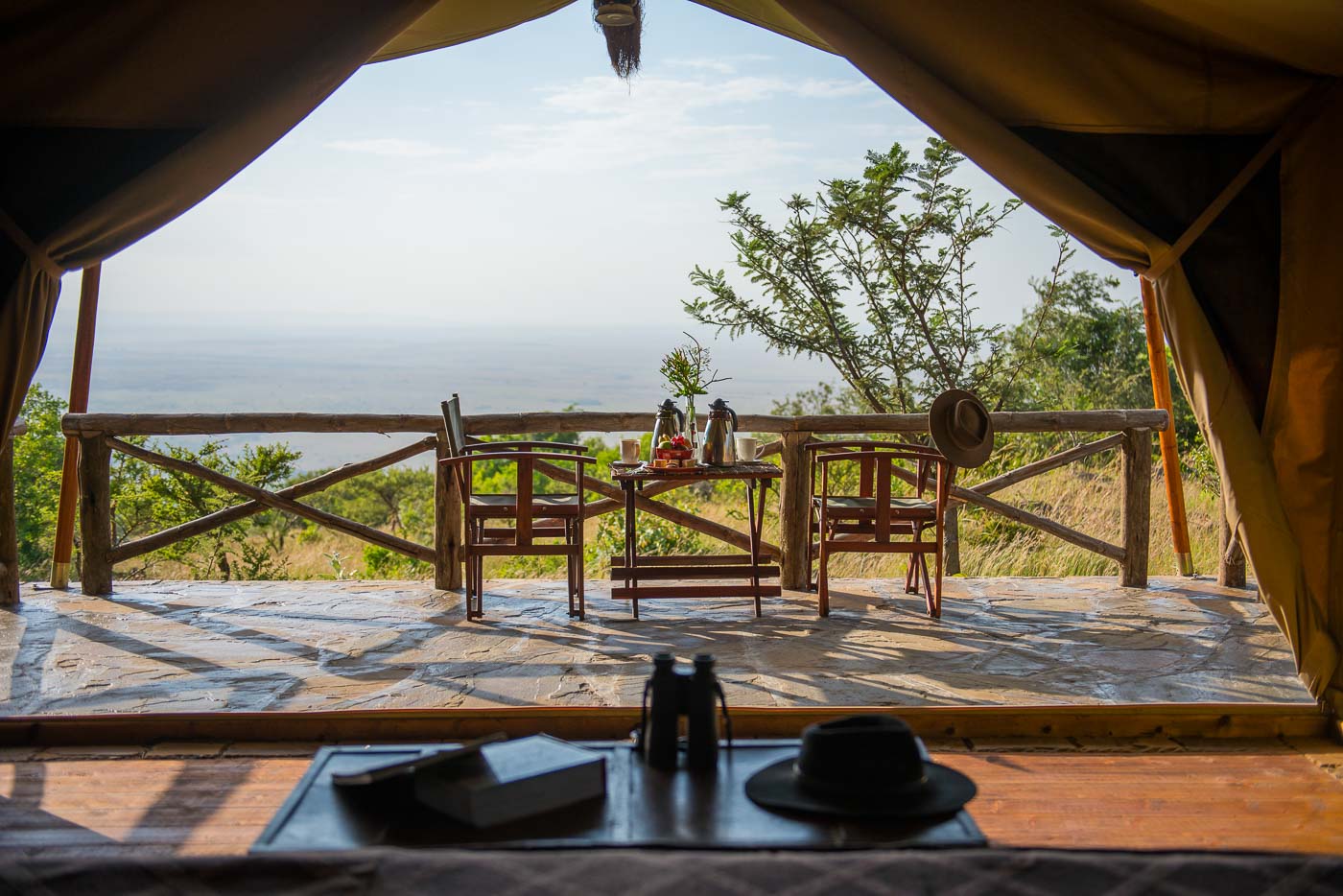Ever since the resuming of diplomatic ties between the United States and Cuba, a string of new projects and business developments have studded the island nation. But while the renewed energy is palpable, travelers heading to Cuba are still plagued by a series of misconceptions.
Cuban food is bland


Contrary to common belief, the biggest surprise in Havana, and all throughout the country, is its bustling culinary scene. You won’t have more fresh fruit served for breakfast than at a casa particular: pineapple, generous amounts of papaya, bananas, and that’s just a fraction of your morning feast. From homemade guava jam, to endless mango smoothies, to more seafood than before, it’s hard to believe that not long ago, chicken-and-rice was the only dish to be had.
Legendary Sloppy Joe’s has reopened its doors serving tapas style servings, while crumbling mansions lead the way to La Nueva Cocina Cubana. There are more paladares than ever (privately owned restaurants operated in people’s home) and more options to choose from. In Viñales, a region known for its tobacco farms and sustainable agriculture, patrons of Finca Agroecologica El Paraiso struggle through a 16 plates-menu of juicy Cuban dishes, while bodegas off the side of the road serve honest food, simple but scrumptious.
Wi-Fi is scarce

While Cuba won’t win any prizes for high-speed Internet any time soon, things have improved significantly. Just two years ago, Internet access was slow and prohibitively expensive, and mostly isolated to Havana’s high-rise hotels. Today, for the cost of 2 CUC per hour (the equivalent in dollars), anyone can buy an Etecsa card and log on to high-speed Internet at any of the hotspots around Havana (Calle Obispo in Old Havana, Parque Central, 23rd Ave in Vedado etc.). The same happens in provincial towns, where central squares are now filled with people glued to their phones. This still doesn’t translate to widespread, affordable access to all Cubans, but it’s a phenomenon that’s come a long way.
Is it safe in Cuba?

As for safety, Cuba is one of the safest destinations in the world. Regardless of the time of day or location, walking alone on the island’s streets should not raise any concerns. The same goes for women walking unaccompanied. Delinquency is punished severely here, and if anything, locals would just say hello or ask where you are from. But aside from a few compliments or genuine smiles, Cubans are not known to stalk anyone down the street, quite the contrary. Part of what makes Cuba so unique and welcoming is its people and unparalleled warmth and hospitality. Fear not and engage with locals, who are very likely to make your trip more memorable.
Monica Suma is a Romanian-American freelance travel writer and blogger, always on the hunt for art, good food and all things Cuba. Through storytelling and an insatiable pursuit for whimsy, she contributes to a variety of publications such as Lonely Planet, BBC Travel, Business Traveller and more. Follow her adventures live on Instagram and Twitter.

